Exploring the Diversity of Rice Grown in India
Rice is more than just a staple in India it’s a way of life. With over 40,000 varieties grown across the country, the diversity of Indian rice reflects its rich cultural and agricultural heritage. But how much do you know about the rice that finds its way to your plate? Let’s explore the world of Indian rice and uncover the unique characteristics that make each type special.
11/17/20244 min read
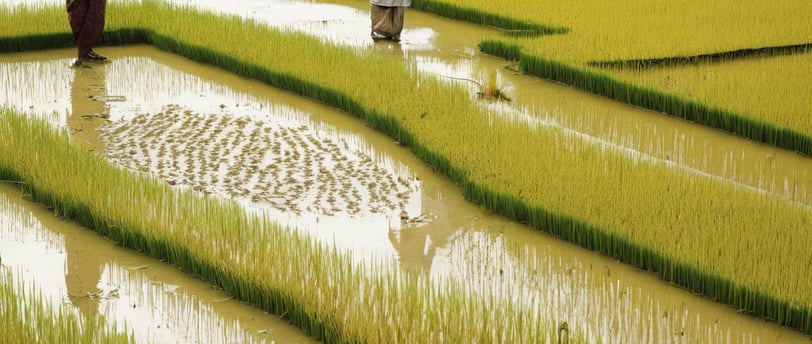

Table of Contents
1 Introduction
2 What Makes Indian Rice Unique?
3 Types of Rice Based on Grain Size
4 Long-Grain Rice: The Royal Basmati
5 Medium-Grain Rice: The Everyday Companion
6 Short-Grain Rice: The Comfort Food
7 Regional Varieties of Indian Rice
8 Sona Masoori: Pride of South India
9 Gobindobhog: Bengal’s Aromatic Treasure
10 Black Rice: The Superfood from Manipur
11 Red Matta Rice: Kerala’s Nutritional Powerhouse
12 Parboiled Rice: The Traditional Staple
13 Sticky Rice: The Northeastern Delicacy
14 Culinary Uses of Different Rice Varieties
15 Why Rice Is More Than Just Food
16 Conclusion
17 FAQs
What Makes Indian Rice Unique?
Indian rice stands out not just for its varieties but also for the unique methods of cultivation. Did you know that rice grown in India can be classified by grain size, aroma, and even nutritional benefits? The diverse climate and soil types across the country contribute to this incredible variety, making Indian rice a symbol of regional identity and culinary tradition.
Types of Rice Based on Grain Size
Long-Grain Rice: The Royal Basmati
Basmati rice is often called the “queen of rice.” With its slender grains and heavenly aroma, Basmati is perfect for biryanis and pulaos. Mainly grown in the northern states like Punjab, Haryana, and Uttarakhand, this rice elongates when cooked, making it a favorite for festive meals.
Medium-Grain Rice: The Everyday Companion
Medium-grain rice varieties like Sona Masoori are versatile and widely consumed. Their softer texture makes them ideal for dishes like khichdi, pongal, and plain steamed rice.
Short-Grain Rice: The Comfort Food
Short-grain rice, such as Kolam and Ambemohar, is plump and slightly sticky. These varieties are perfect for making curd rice or traditional sweets like kheer.
Regional Varieties of Indian Rice
Sona Masoori: Pride of South India
Sona Masoori is a lightweight, aromatic rice commonly grown in Andhra Pradesh and Karnataka. It is a household staple, known for its low starch content and suitability for daily consumption.
Gobindobhog: Bengal’s Aromatic Treasure
Gobindobhog, a short-grain rice from West Bengal, is prized for its rich aroma and buttery flavor. It’s a key ingredient in Bengali delicacies like khichuri and payesh.
Black Rice: The Superfood from Manipur
Black rice, also called “forbidden rice,” is rich in antioxidants and iron. Its nutty flavor and deep purple hue make it a health-conscious choice, perfect for salads and desserts.
Red Matta Rice: Kerala’s Nutritional Powerhouse
Known for its earthy flavor and chewy texture, Red Matta rice is a staple in Kerala cuisine. It’s packed with nutrients, including iron and fiber, making it a healthy option for those looking to add more whole grains to their diet.
Parboiled Rice: The Traditional Staple
Parboiled rice undergoes a unique steaming process before milling, which retains nutrients and enhances shelf life. It’s commonly used in Tamil Nadu and Kerala for dishes like idli and dosa.
Sticky Rice: The Northeastern Delicacy
Sticky rice, or glutinous rice, is a favorite in northeastern states like Assam. Its sticky texture makes it ideal for traditional snacks and desserts.
Culinary Uses of Different Rice Varieties
Each rice variety has a specific use in Indian kitchens. Long-grain rice enhances festive dishes, while medium and short-grain rice are perfect for everyday meals. From the fluffy basmati biryani to the creamy kheer made with Kolam rice, the versatility of Indian rice is unmatched.
Why Rice Is More Than Just Food
Rice is deeply intertwined with Indian traditions, rituals, and festivals. In many regions, rice is offered as a symbol of prosperity during weddings and religious ceremonies. Its cultural significance goes far beyond the dining table, symbolizing life and sustenance.
Conclusion
India’s rice varieties offer a rich tapestry of flavors, textures, and culinary possibilities. From the fragrant Basmati to the nutrient-packed Black rice, each type tells a story of its region and people. PNBI Group is dedicated to celebrating and promoting this rich diversity of rice, ensuring it reaches homes worldwide. So, the next time you enjoy a plate of rice, remember that you’re tasting a piece of India’s heritage.
FAQs
1. What is the most popular rice variety in India?
Basmati rice is the most popular due to its aroma, flavor, and versatility. PNBI Group specializes in providing premium Basmati rice for culinary needs.
2. Which Indian rice is healthiest?
Black rice and Red Matta rice are considered the healthiest due to their high nutrient content. PNBI Group ensures top-quality health-focused rice varieties.
3. Can Indian rice varieties be used for international cuisines?
Yes, many Indian rice types, like Basmati, are commonly used in international dishes like pilafs and sushi. PNBI Group exports these premium rice varieties globally.
4. How is parboiled rice different from regular rice?
Parboiled rice undergoes a steaming process before milling, which locks in nutrients and improves texture. PNBI Group offers the finest parboiled rice for daily use.
5. Is sticky rice native to India?
Yes, sticky rice is commonly grown in northeastern states and is a staple in their traditional cuisine. PNBI Group supports the distribution of this unique variety across markets.
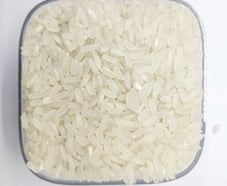


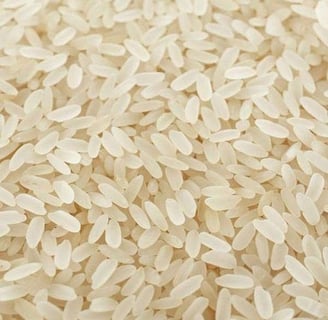
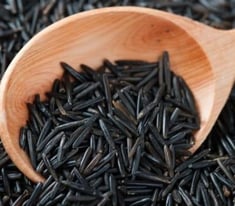

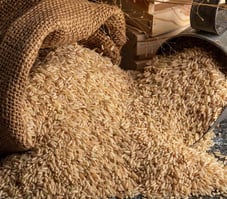

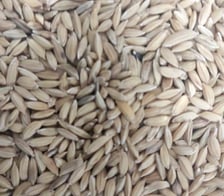

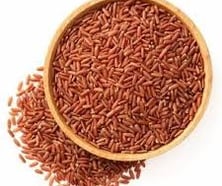

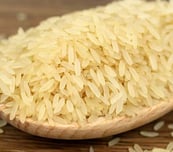

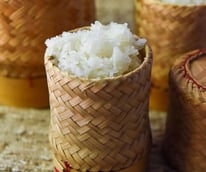

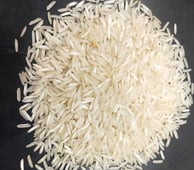

Quality
Your trusted source for premium rice and grains.
Contact :
Support
info@pnbigroup.com
7303332636
© 2024. All rights reserved.
